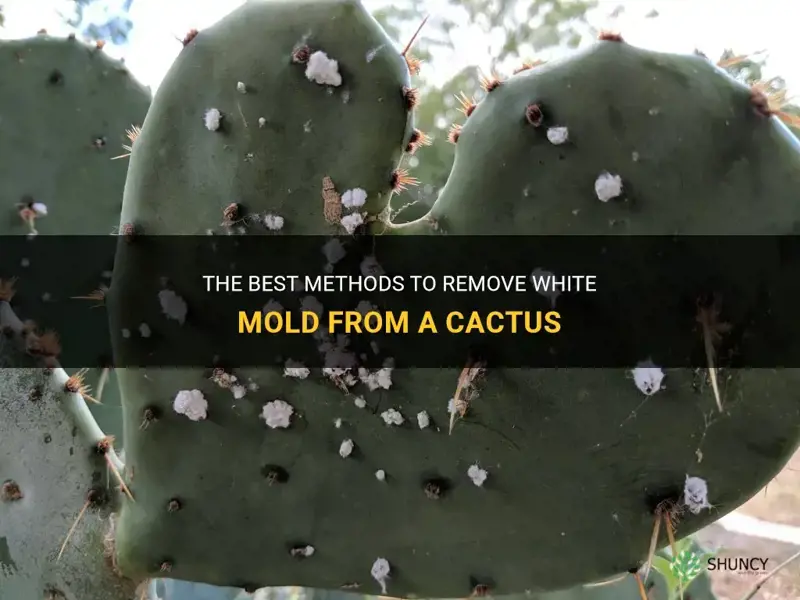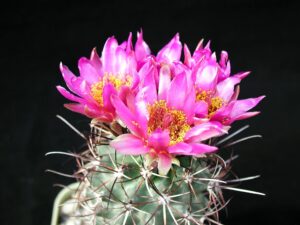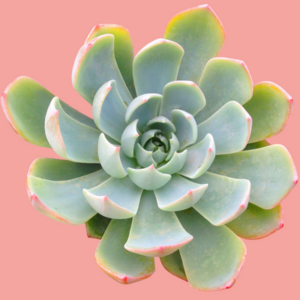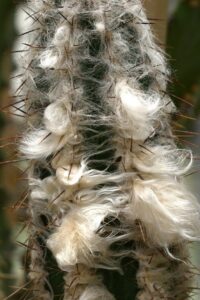Observe diligently, for the appearance of mold on your beloved cactus can be concerning and indicative of underlying issues. Cacti, as resilient as they are, can be susceptible to mold growth under certain conditions. This article elucidates the various types of mold, the causes of their proliferation, and effective strategies to ameliorate the situation.
Understanding Mold Types on Cacti
The world of mold is vast, and it can manifest in several forms when it comes to cacti. The most common types include:
Powdery Mildew: This white, powdery substance often appears on the surface of your cactus. Powdery mildew thrives in humid environments and can spread rapidly if left unchecked. It typically develops on the upper sides of the cactus pads, creating a chalky appearance that can be alarming.
Fuzzy Mold: Differentiated from powdery mildew, fuzzy mold presents as a light green or grey fluffy coating. It is generally found in overly moist conditions where airflow is restricted, leading to a flourishing environment for this type of mold.
Brown Mold (Botrytis): This mold typically shows as fuzzy brown spots and can be detrimental if left unattended. It leads to decay, further complicating the health of your cactus, especially during cooler, damp seasons.
Recognizing the Symptoms of Mold Infestation
Being vigilant about the symptoms of mold is crucial for the early intervention and conservation of your cactus. The indications that mold may be affecting your plant include:
Discoloration: The initial sign of mold often manifests as discolored patches on the cactus surface. These spots may appear white, grey, or brown and could expand if appropriate action isn’t taken.
Wilting: A healthy cactus stands tall and proud, but mold can disrupt the plant’s nutrient absorption, resulting in wilting. If your cactus starts drooping or bending under its weight, mold may be the culprit.
Foul Odor: A distinct, unpleasant smell may arise from mold-infested cacti, indicating that decay is setting in. If you detect such an odor, it’s imperative to take immediate action to salvage your plant.
Addressing Mold Issues: Steps to Take
Upon noticing mold on your cactus, it is paramount to act decisively to eliminate the infestation. Here is a methodical approach to deal effectively with this issue:
1. Assess the Environment: Begin by examining the growing conditions of your cactus. Excess moisture is often the primary catalyst for mold development. Ensure proper drainage in your pot and that your cactus is not sitting in water. Adjust watering habits by allowing the soil to dry out completely between watering sessions, as cacti thrive in arid environments.
2. Improve Air Circulation: Inadequate airflow can create a perfect storm for mold growth. If your cactus is indoors, consider relocating it to a more ventilated area. Alternatively, utilize a small fan to circulate air around the plant. Outdoor cacti should be adequately spaced to allow for natural wind flow.
3. Remove Mold Manually: Using gloves, carefully scrape off any visible mold from the cactus surface. Employ a soft brush or cloth to avoid damaging the plant tissue. Be gentle, as overzealous scrubbing can cause harm to your cactus.
4. Apply Fungicide: If manual removal proves ineffective, consider using a commercial fungicide designed for cacti. Follow the manufacturer’s instructions meticulously to ensure the health of the plant and proper application of the product.
5. Repotting: If the infestation persists, it may be prudent to repot the cactus in fresh, sterile soil. This can help eliminate mold spores that are lurking in the old soil. Assess the root system for any signs of rot and prune away any unhealthy roots before replanting.
Long-Term Prevention Strategies
After conquering the immediate threat of mold, it is essential to implement strategies to prevent future infestations. Such methods will foster a thriving and safe environment for your cactus:
Maintain Optimal Humidity Levels: Cacti flourish in dry environments. By keeping indoor humidity low, you can deter the growth of mold. Utilize a dehumidifier if necessary, especially in more humid climates.
Regular Inspections: Make it a habit to routinely inspect your cactus for any signs of distress. Early detection of mold or other issues will simplify treatment and preserve your plant’s health.
Educate Yourself: The world of cacti is vast, and staying informed about the specific needs of your plant species can help you create optimal growing conditions. Being aware of potential issues, including mold, will empower you to act quickly and effectively.
In conclusion, mold on a cactus is not merely a cosmetic concern; it can signal deeper issues that require immediate attention. By understanding the different types of mold, recognizing the symptoms, and employing effective treatment strategies, you can ensure your cactus remains healthy and vibrant. With vigilance and care, your cactus will continue to thrive, bringing beauty to your space for years to come.





Leave a Comment